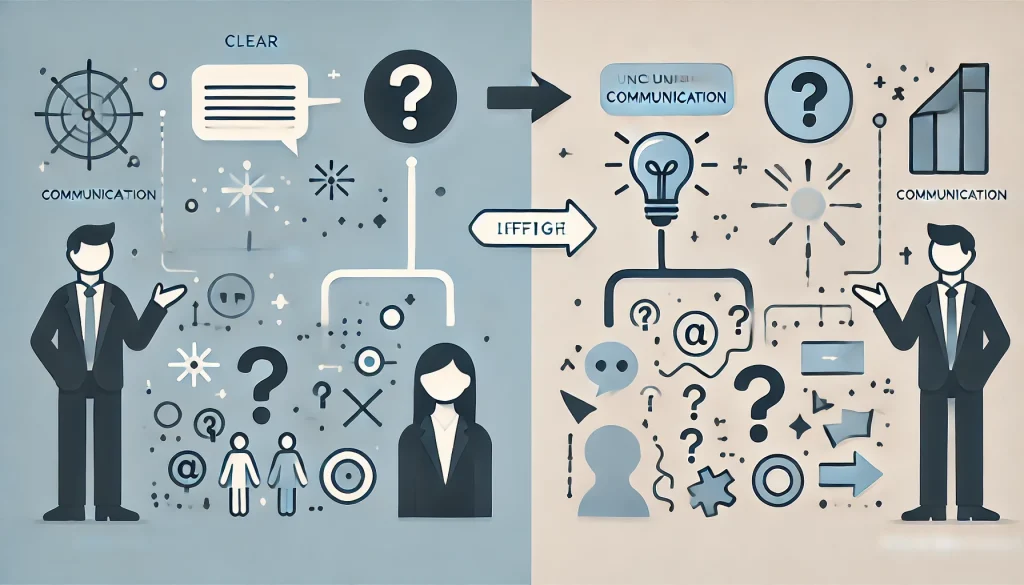Effective Communication in the Workplace

Why Communication Matters
Effective communication in the workplace is essential for team collaboration, productivity, and creating a positive work environment. Employees and leaders who excel in communication can resolve conflicts, foster innovation, and build trust. This article explores actionable strategies to enhance communication skills at work.
What is Effective Communication?
Effective communication is the conversation of info in a way that is clear, brief, and unspoken by all gatherings. It includes verbal, non-verbal, and published methods of message. Whether you’re delivering a presentation or sending an email, the goal is to ensure your message is received and interpreted as intended. Read more about effective communication basics.
Benefits of Effective Communication in the Workplace
- Enhanced Collaboration
Strong communication safeguards that team memberships comprehend their parts, errands, and limits. This fosters seamless teamwork and reduces misunderstandings.
- Boosted Productivity
When employees communicate effectively, tasks are completed efficiently. This eliminates unnecessary back-and-forth and allows teams to focus on high-priority projects.
- Improved Employee Morale
Open communication channels make employees feel heard and valued. This nurtures a optimistic company ethos and improves worker gratification.
- Conflict Resolution
Disputes and disagreements are inevitable, but effective communication can help resolve conflicts quickly and amicably. Check out our guide on resolving workplace conflicts.
Strategies for Effective Communication
- Active Listening
Listening attentively shows respect and helps you understand the other person’s perspective. Use verbal nods similar “I see” and uphold eye interaction to show you’re betrothed.
- Clear and Concise Messages
Evade jargon and use simple linguistic to take your ideas. Clearness ensures that your memo is unspoken the first time.

- Non-Verbal Cues
Body language, tenor of voice, and facemask languages play a important role in message. Ensure your non-verbal signs align with your arguments.
- Leverage Technology
Use tools like Slack, Microsoft Teams, or project management software to streamline communication, especially for remote teams.Discover the best communication tools for remote teams.”
- Regular Feedback
Encourage an open-door policy where employees feel comfortable giving and receiving feedback. Constructive criticism can help persons and sides grow.
Common Barriers to Communication
- Language and Cultural Differences
In diverse workplaces, misunderstandings can arise from cultural nuances or language barriers. Capitalize in social sensitivity training to alleviate this.
- Emotional Interference
Stress, anger, or anxiety can cloud communication. Encourage a calm and respectful approach to discussions, even during conflicts.
- Poor Listening Skills
Failing to actively listen can lead to misinterpretations. Train employees on how to become better listeners.
Measuring the Impact of Effective Communication
To safeguard your plans are working, frequently measure their influence. Use surveys, employee feedback, and performance metrics to evaluate success. Learn how to measure team productivity effectively.
Conclusion: The Path to Better Communication
Effective communication in the workplace is more than just a skill—it’s a vital component of a thriving organization. By prioritizing active listening, clear messaging, and open feedback, you can transform your workplace into a hub of collaboration and success.
Start implementing these strategies today to see noticeable improvements in team morale and productivity!


